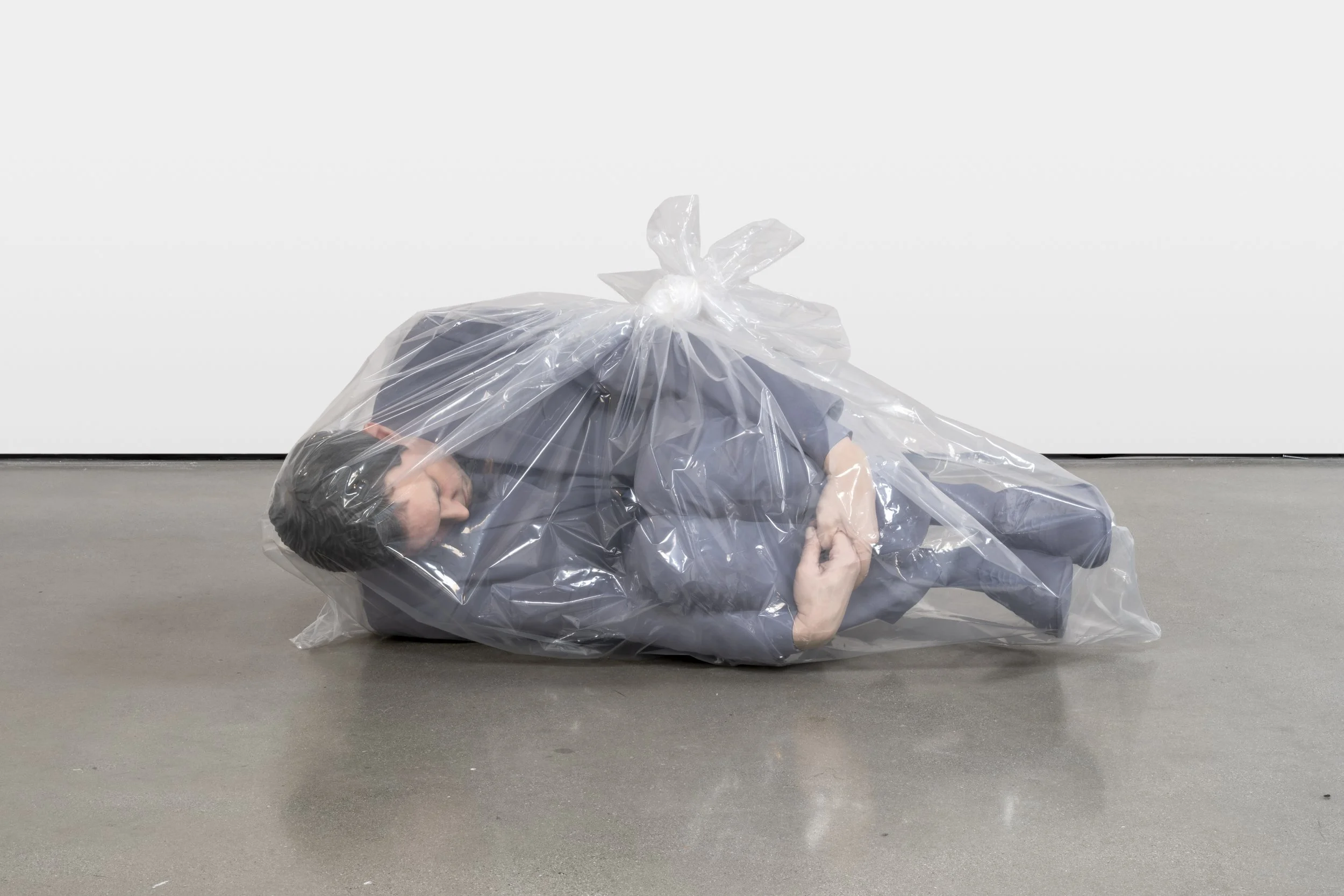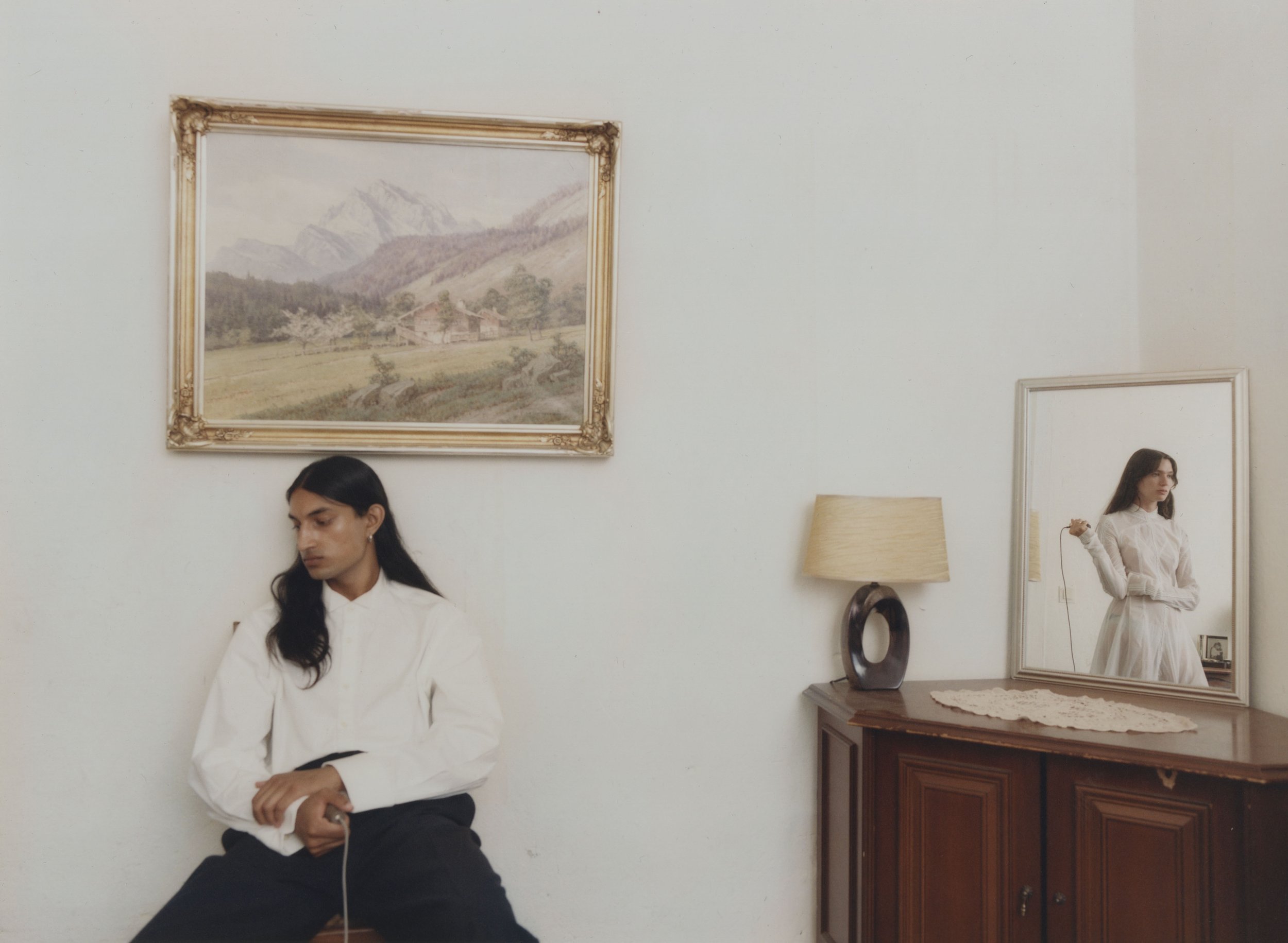Galerie Mitterrand is opening its very first exhibition at 95 rue duFaubourg Saint-Honoré, History is round like the Earth by Chilean artist Roberto Matta. In collaboration with the Matta family and Paradiso Terrestre gallery, the exhibition brings together some thirty works – paintings, sculptures and drawings – covering each decade from the 1930s to the 1990s. An original text by American art historian Terri Geis will also be published for the occasion.
Affiliated with Surrealism, Matta began producing drawings in the 1930s that were freely inspired by the landscapes he discovered during his travels in Latin America. With André Breton’s encouragement, he worked between Europe and the United States, where he met the pioneers of Surrealism and became associated with the Abstract Expressionists (Arshile Gorky, Robert Motherwell, etc.).
In addition to his historical relationship with different movements of modern art, this exhibition intends to revisit the abundant work of the Chilean artist and examine its singularities. Matta’s illuminated, almost psychedelic aesthetic, halfway between esotericism and anticipation, makes him a forerunner of science fiction in the field of plastic art. Combining futuristic architecture, technological-industrial constructions and biomorphic figures, these compositions are in turn reflections on the historical-political context (authoritarian regimes of the twentieth century) and a more metaphysical projection of the human condition. Through its freedom, its great pictorial diversity and its insight into society, Matta’s work appears now more relevant than ever.
History is round like the Earth is on view through December 21st at Galerie Mitterrand, 95, rue du Faubourg Saint-Honoré, Paris VIII.







































































































